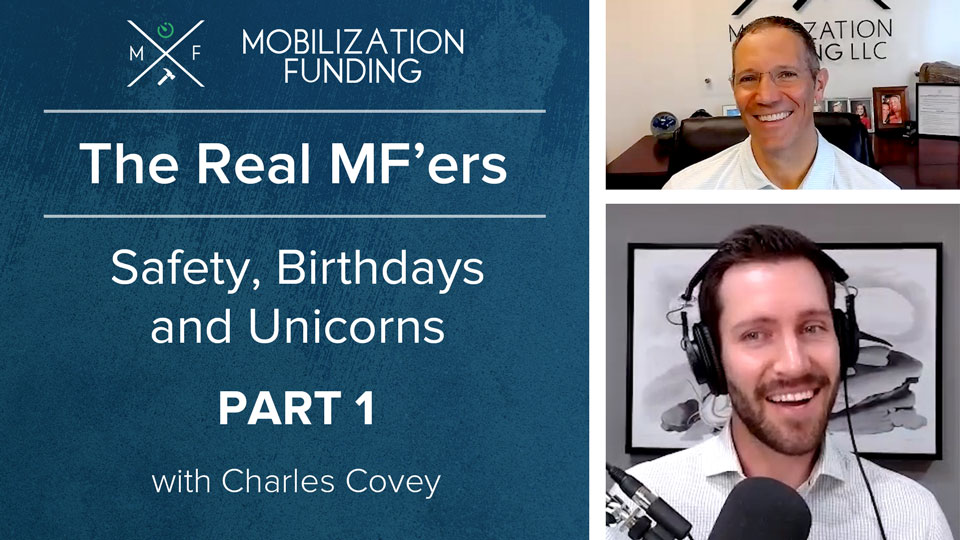Planning for the Present: A Webinar for Manufacturers

The manufacturing industry was uniquely impacted by the coronavirus pandemic. For the first time in history the industry’s workforce, product demand, and supply chains were all affected at the same time. One of the greatest challenges was cash flow. Manufacturers, much like construction contractors, often operate on tight profit margins and while PPP loans and […]
What is Construction Financing?

Construction funding for contractors helps cover the costs of payroll, materials, insurance and more before the project begins. Many subcontractors, and GCs who self-perform, are caught in a cycle of robbing the cash from one job to get started on the next. Why? It is NOT because most contractors are bad with money. They are […]
Built for Growth Episode 1: Diversity in Construction

In our new YouTube series, Built for Growth, we talk with experts about some of the biggest issues facing the construction and manufacturing industries. For our first episode, we were honored to have Loretta Calvin, Diversity & Inclusion expert and CEO of Monroe Strategic Business Solutions, join us to discuss diversity in construction. It is no surprise […]
The Real MF’ers Episode 1: Charles Covey

Leading a successful construction or manufacturing business can be tough. To survive, sometimes you have to be a real MF’er. We get it — we’re real MF’ers, too. MF’ers do what’s right, pay it forward, lead through action, and get the job done. Wait … what did YOU think we meant by MF’ers? 😉 In […]
The Real MF’ers Episode 1: Part 2: Charles Covey

In THE REAL MF’ERS, Mobilization Funding CEO Scott Peper sits down with leaders from construction, manufacturing, and related service providers to see how they built their business, what they are doing differently, and why it works. This is part 2 of our first episode. Scott interviews Founder and President of Alphapex, Charles Covey. They talk about […]
Is Finding a Good Culture Fit Important When Hiring?

How do you determine whether a candidate will be a good fit in your company? Many hiring managers base the decision on skills and experience alone. What these managers do not seem to realize is that a good culture fit is equally, if not even more important. Hiring with your culture in mind can improve […]
Webinar Recap: Cash Flow Crash Course from Start to Finish

Cash flow can make or break the success of your project. Mapping out a project’s cash flow on a week-by-week schedule allows you to see the gaps and solve for them in advance. Getting it right starts by getting your bid right. Establishing the costs of your project, and the cost of running your business, […]
Webinar Recap: The Future of Manufacturing

Manufacturing business owners want to grow and thrive like any business owner, no matter what the future brings. The COVID-19 global pandemic has made that a truly legendary feat. Supply chain disruptions, operational shifts, and financial consequences are all pressing down on you, making your goals seem insurmountable. They are not. The truth is manufacturing […]
What is a Bid Bond?

What is a bid bond? A bid bond guarantees compensation to the owner should the subcontractor fail to perform the work at the original bid price. Why does the owner need a guarantee for performance and price? Every project has a budget and a timeline. Most owners have other stakeholders in the project to whom […]
The Future of Manufacturing in America: What has changed because of COVID?

In the beginning of 2020, the future of manufacturing looked bright. The 4th Industrial Revolution brought innovations that would make manufacturing leaner, smarter, and more transparent. Digital transformation promised more jobs, and the biggest dilemma faced was a widening skills gap and subsequent shortage of talent. Then, coronavirus quickly swept across the globe and industries […]